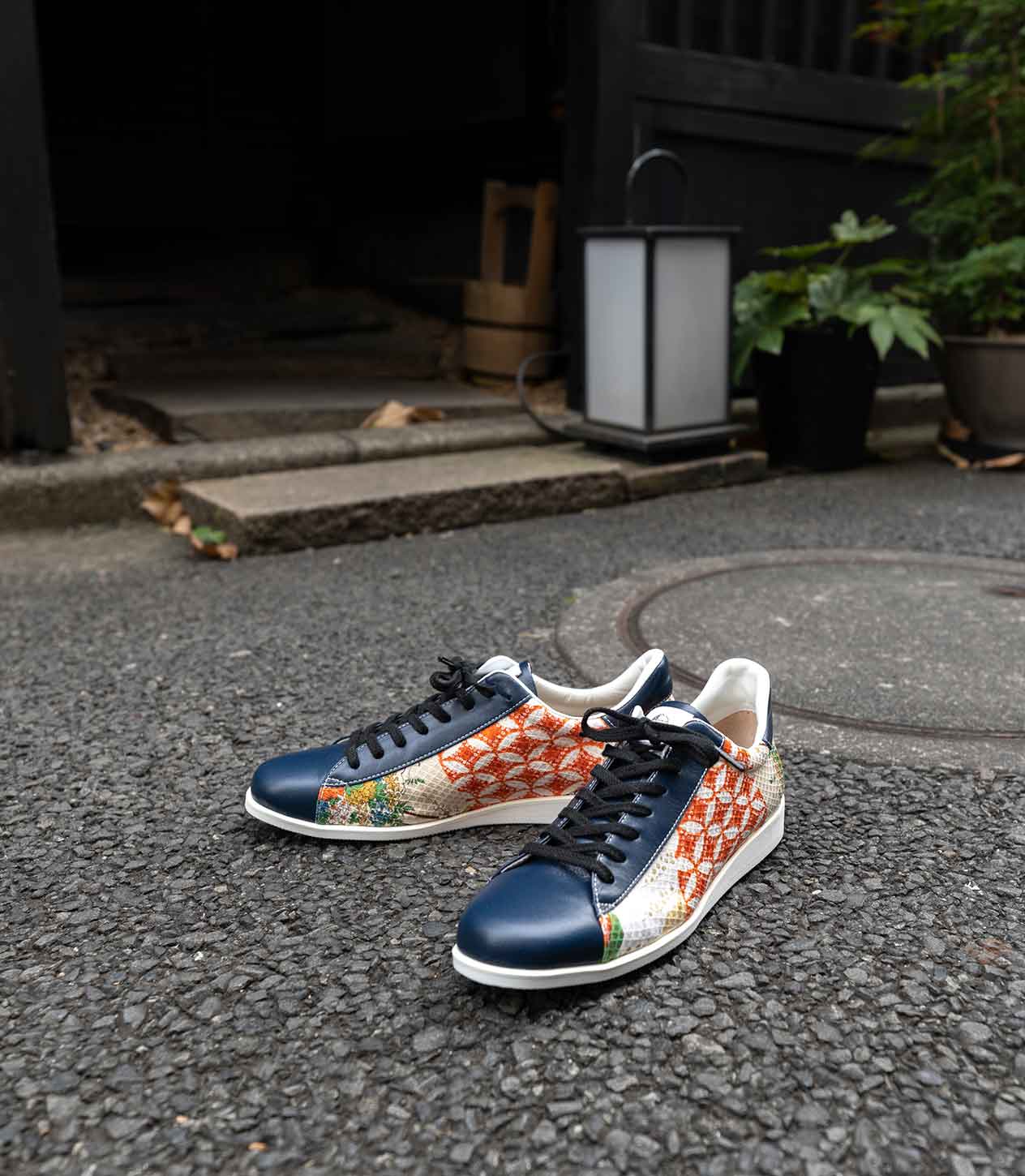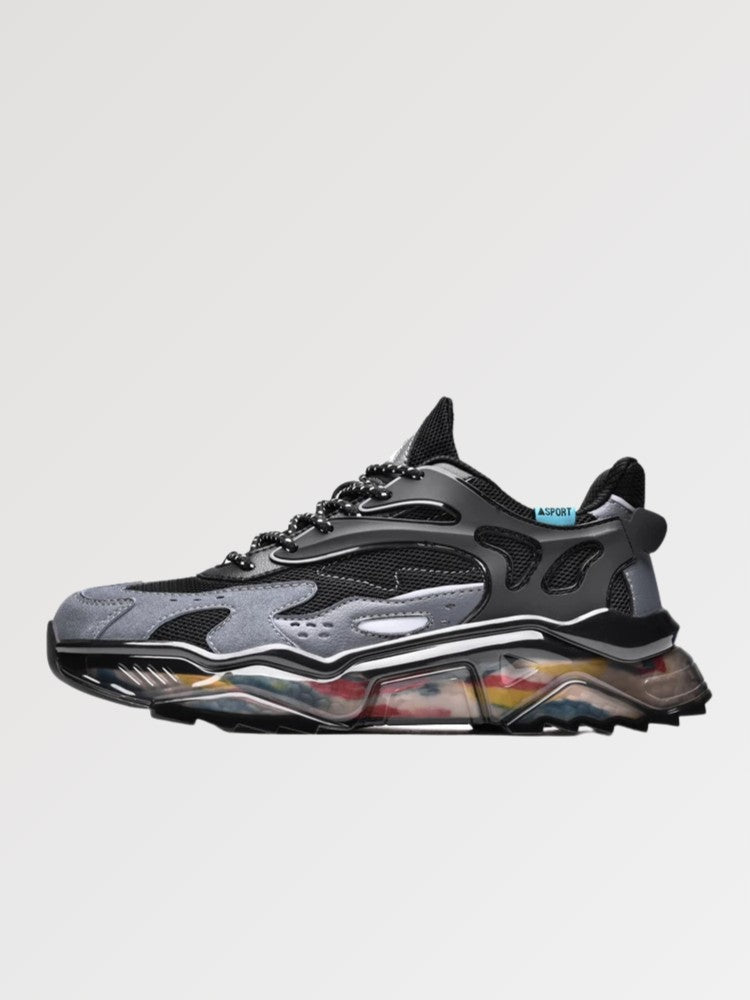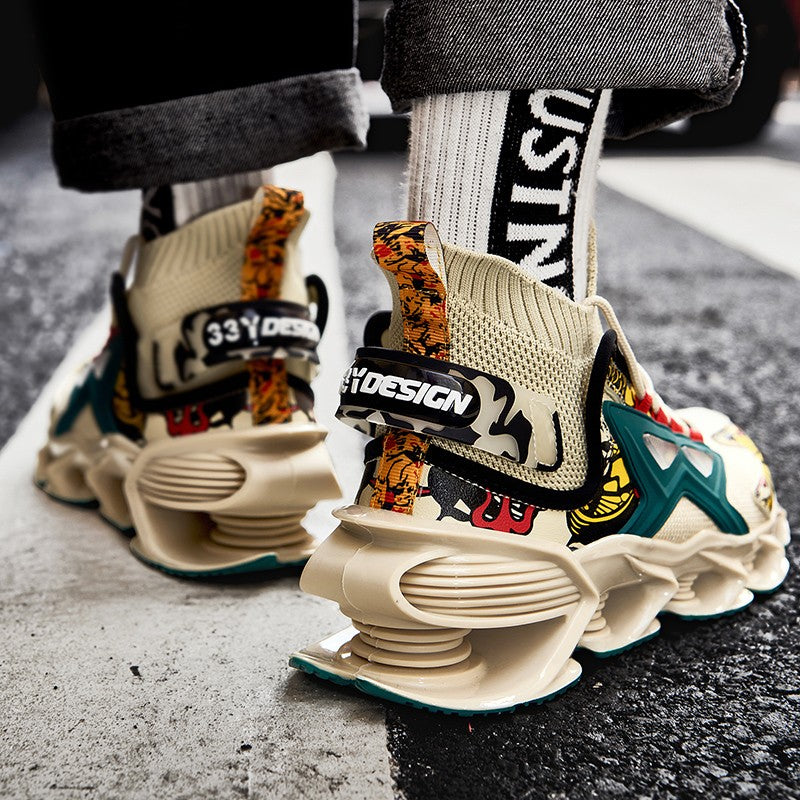The Ultimate Guide to Japanese Sneakers
Japanese sneakers have carved a niche in the global footwear market, known for their unique designs, superior craftsmanship, and innovative materials. This guide delves into the world of Japanese sneakers, exploring their history, cultural significance, and why they stand out in a crowded market. Whether you’re a sneakerhead or a casual shopper, understanding the allure of Japanese sneakers can enhance your appreciation for this footwear category.

Historical Context
The journey of Japanese sneakers began in the mid-20th century, influenced by American and European styles. Post-World War II, Japan underwent significant economic and cultural transformations, leading to a burgeoning interest in fashion and footwear. Brands like Onitsuka Tiger (now ASICS) and Mizuno emerged, blending Western designs with Japanese craftsmanship. According to the book “Sneaker Wars” by Barbara Smit, these brands played a crucial role in democratizing athletic footwear, making it accessible to the masses.

Cultural Significance
Japanese sneakers are more than just footwear; they are a reflection of the country’s cultural ethos. The Japanese emphasis on detail, quality, and innovation is evident in every pair. For instance, the concept of “wabi-sabi,” which celebrates imperfection and impermanence, is subtly woven into the design philosophy of many Japanese sneaker brands. As noted by renowned fashion critic Suzy Menkes, “Japanese designers have a unique ability to blend tradition with modernity, creating products that are both timeless and avant-garde.”

Innovative Materials and Techniques
One of the hallmarks of Japanese sneakers is the use of innovative materials and techniques. Brands like Y-3, a collaboration between Adidas and Japanese designer Yohji Yamamoto, have pushed the boundaries of sneaker design. Y-3 sneakers often feature advanced textiles, such as breathable mesh and lightweight synthetics, combined with traditional Japanese craftsmanship. According to a study by the Tokyo Institute of Technology, these innovations not only enhance the aesthetic appeal but also improve the functionality and durability of the sneakers.

Market Position and Global Influence
Japanese sneakers have gained global recognition, influencing the broader sneaker culture. Brands like Visvim, founded by Hiroki Nakamura, have garnered a cult following for their unique designs and high-quality materials. Nakamura’s approach, as described in an interview with Hypebeast, is to “create sneakers that tell a story, each pair a piece of art.” This narrative-driven design philosophy has resonated with consumers worldwide, positioning Japanese sneakers as a premium choice in the market.

Conclusion
In conclusion, Japanese sneakers are a testament to the country’s rich cultural heritage and innovative spirit. From their historical roots to their current global influence, these sneakers offer a unique blend of tradition and modernity. Whether you’re looking for a pair of functional athletic shoes or a stylish statement piece, Japanese sneakers provide a compelling option. As the sneaker market continues to evolve, the legacy of Japanese sneakers is sure to endure, offering consumers a distinctive and high-quality choice.
